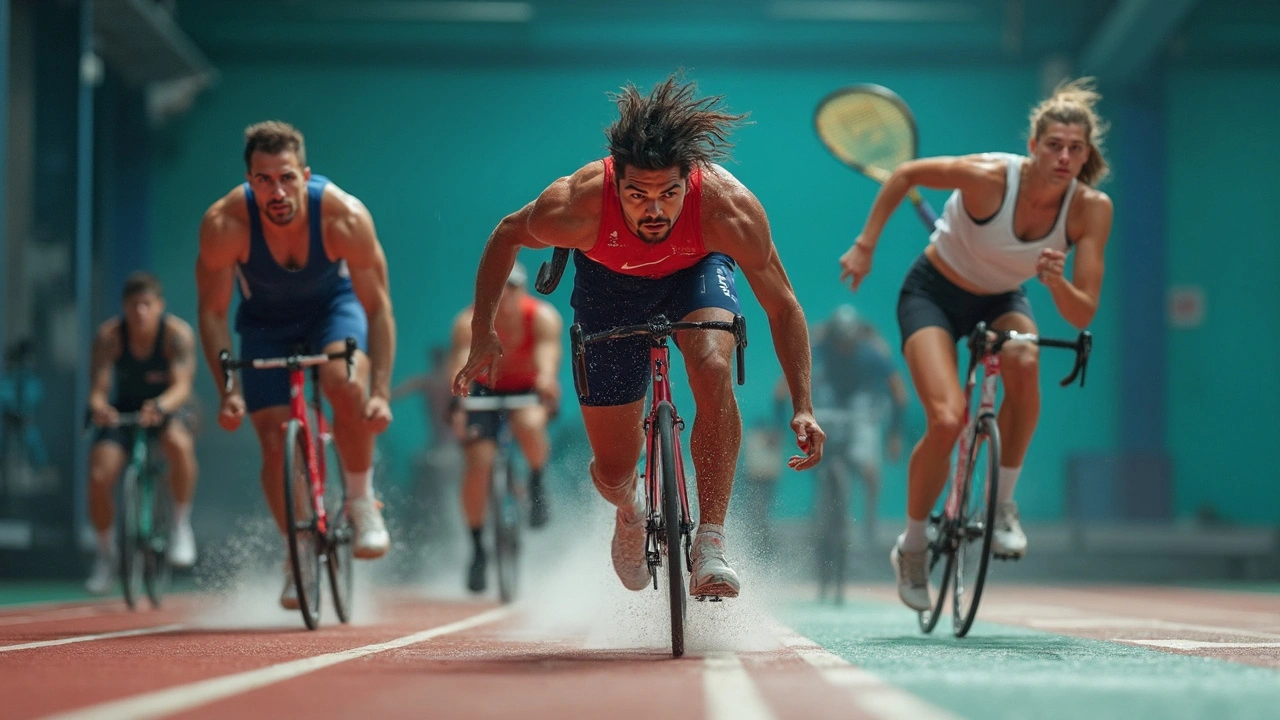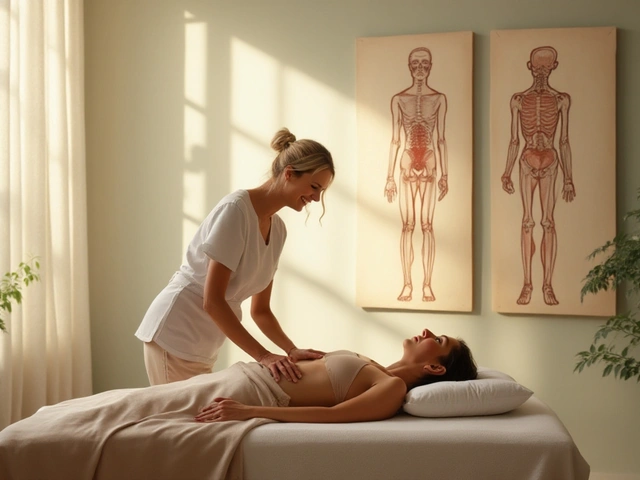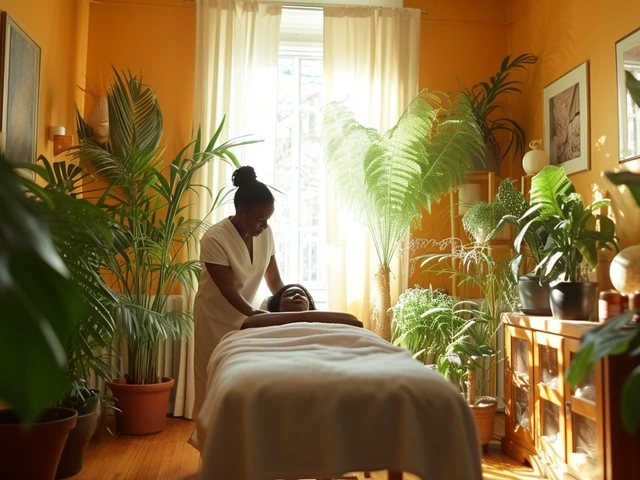Athlete Recovery: Smart Massage and Therapy Tips
You can speed recovery and cut pain with the right bodywork, not just rest. This page collects practical fixes and clear guidance so you can get back to training faster and reduce downtime.
Quick at-home moves after a hard session
After a tough workout do three simple things: cool down with 5–10 minutes of light movement, hydrate and eat a small protein-rich snack, then spend 10 minutes on targeted self-care. Foam roll quads and glutes for about 1–2 minutes per area. Use a lacrosse ball on tight calves or shoulder blades: find the tender spot, hold pressure for 30–60 seconds, breathe and relax. Finish with gentle stretches for the muscle groups you worked. If you feel a sharp pain, stop and see a professional.
Easy acupressure and trigger work you can try
For headaches or neck tension press gently at the base of the skull and along the upper traps for 20–40 seconds. For calf knots press into the arch of the muscle and roll slowly toward the ankle. Trigger point work aims at the exact knot; expect discomfort but not intense pain. Keep sessions short and repeat once or twice daily until you notice release.
When to see a pro and how to combine therapies
If pain limits movement, lasts more than a week, or follows an acute injury, consult a physical therapist or sports medicine clinician first. For soft tissue tightness or recurring knots try a sports massage therapist trained in trigger point work. If posture, alignment, or chronic aches are the issue, look into structural approaches like Rolfing or Hellerwork. For gentle, pain-friendly options choose Ortho-Bionomy or Feldenkrais to retrain movement without force. For deep relaxation and nervous system reset try Amma, Lomi Lomi, or warm stone sessions.
Tendons, surgery, and hard limits
Stubborn joint or tendon stiffness may need medical review. Procedures like contracture tendon release exist, but they’re for cases that don’t respond to conservative care. Always get imaging and a surgeon’s opinion before considering invasive options.
How often and how to combine therapies
After an intense block of training, plan a mix: 1–2 sessions per week of hands-on work for two to four weeks, then taper to monthly maintenance. Pair weekly massage with daily short self-care routines. Track recovery with simple measures: sleep quality, morning stiffness, range of motion, and how you feel during workouts.
Simple checklist before a session
- Tell the therapist about injuries and surgeries. - Describe recent training load. - Ask if they work with athletes. - Plan follow-up homework like stretches or movement drills.
Try one focused change this week: add a ten-minute self-massage routine after your hardest session, and book a single targeted session with a therapist who understands sports needs. Watch how small changes stack into faster, safer returns to sport.
Measure progress by noting training pain, performance gains, and recovery days; keep a simple log and adjust therapy types and frequency based on what improves your movement and reduces pain.

Why Neuromuscular Massage is Essential for Athletes
For athletes, neuromuscular massage isn't just a luxury; it's a game-changer in performance and recovery. This specialized therapy focuses on soft tissue injuries, helping prevent problems before they start. By improving flexibility and circulation, and even reducing stress, athletes can enjoy enhanced performance and quick recovery. Dive into why this massage technique has become essential for athletes and how it can benefit various sports disciplines.

The Proven Benefits of Sports Massage for Athletes
Sports massage offers numerous benefits for athletes, including enhanced performance, quicker recovery, and injury prevention. This article explores how targeted techniques improve muscle flexibility, reduce soreness, and promote overall well-being. Discover practical tips and insights into how incorporating sports massage into an athletic routine can make a tangible difference. From improved circulation to reduced stress, athletes at every level can benefit. Learn why sports massage is an essential component of every athlete's regimen.
Categories
- Health and Wellness (148)
- Alternative Therapies (86)
- Massage Therapy (40)
- Travel and Culture (15)
- Beauty and Skincare (9)
- Holistic Health (8)
- Health and Fitness (5)
- Spirituality (5)
- Other (2)
- Personal Development (2)
Popular Articles



